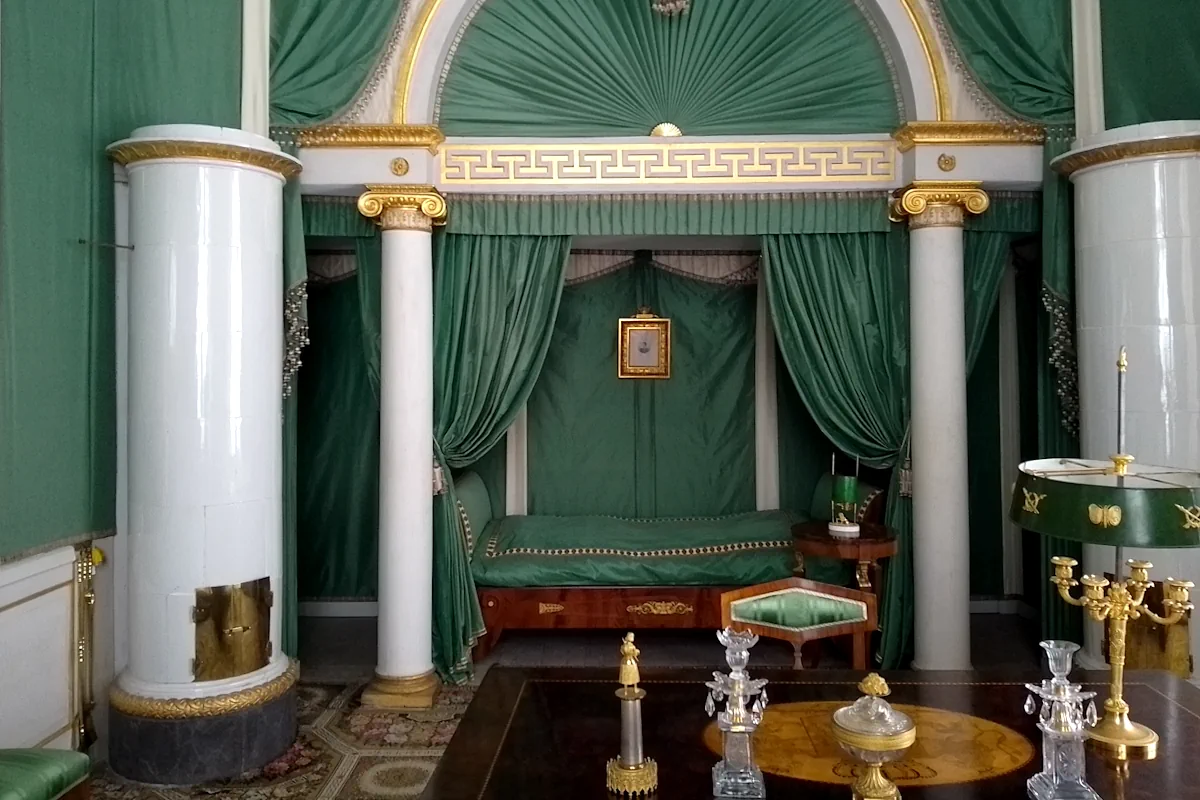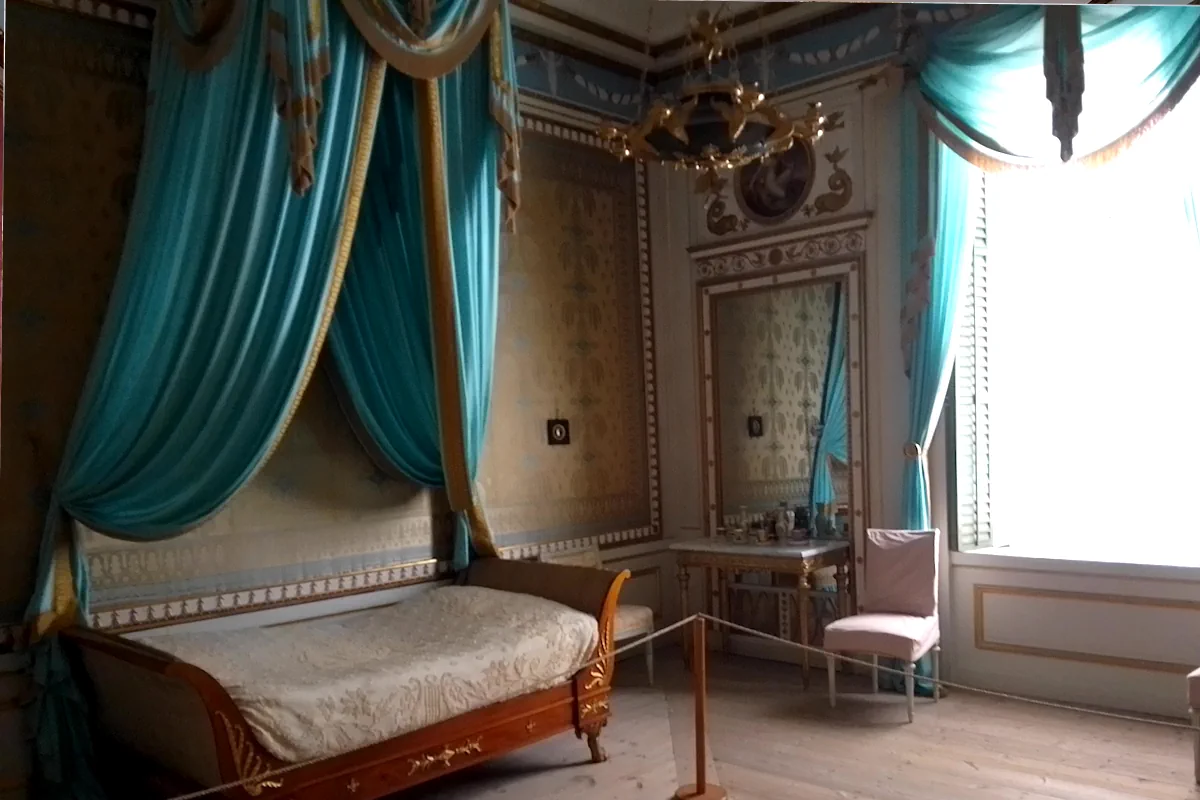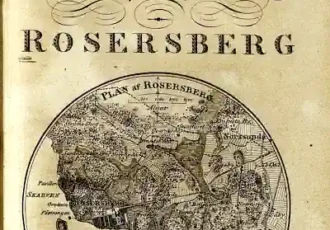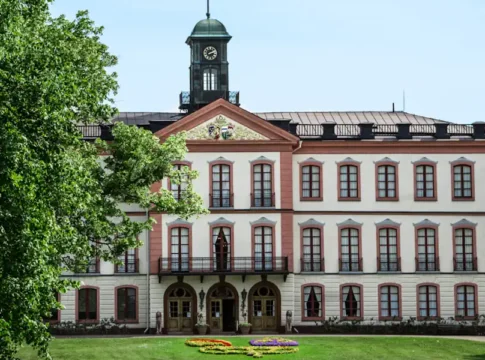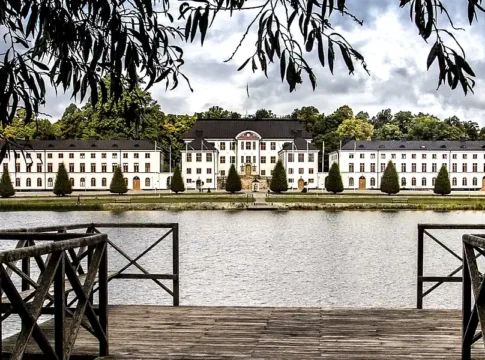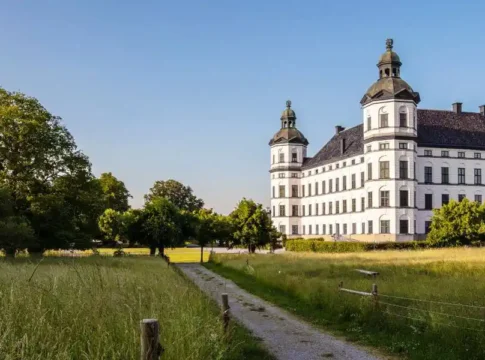Rosersberg Palace: Rich history and royal heritage
Are you seeking a peaceful and historical retreat close to Stockholm? Just 40 minutes north of the city, Rosersberg Palace invites you to step into a world of kings, queens, and timeless beauty along the shores of Lake Mälaren.
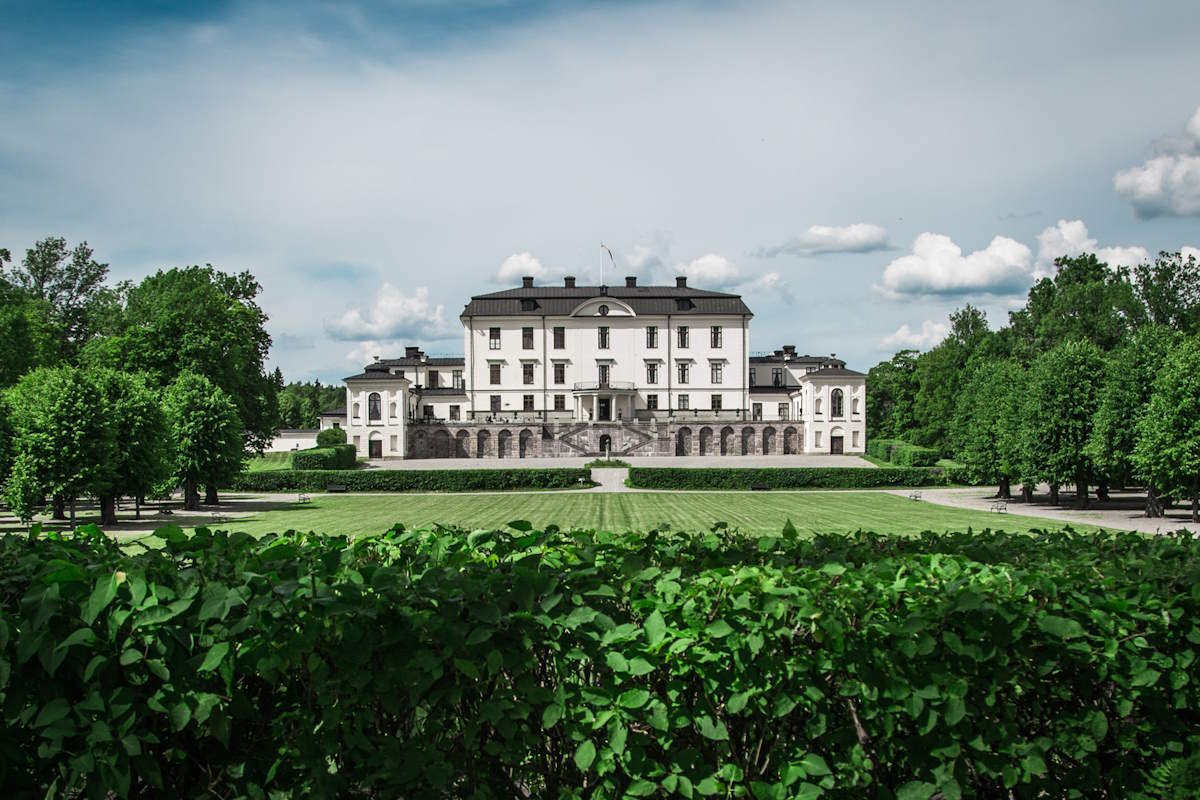

A royal summer retreat
Built in the 1630s by the Oxenstierna family, Rosersberg Palace became a royal residence in 1762 when it was given to Duke Karl (later King Karl XIII), the younger brother of Gustav III. Over the centuries, it has served as a cherished summer retreat for generations of the Swedish royal family. King Carl XIV Johan and Queen Desideria were the last royals to inhabit the palace in the early 1800s, leaving a lasting legacy.
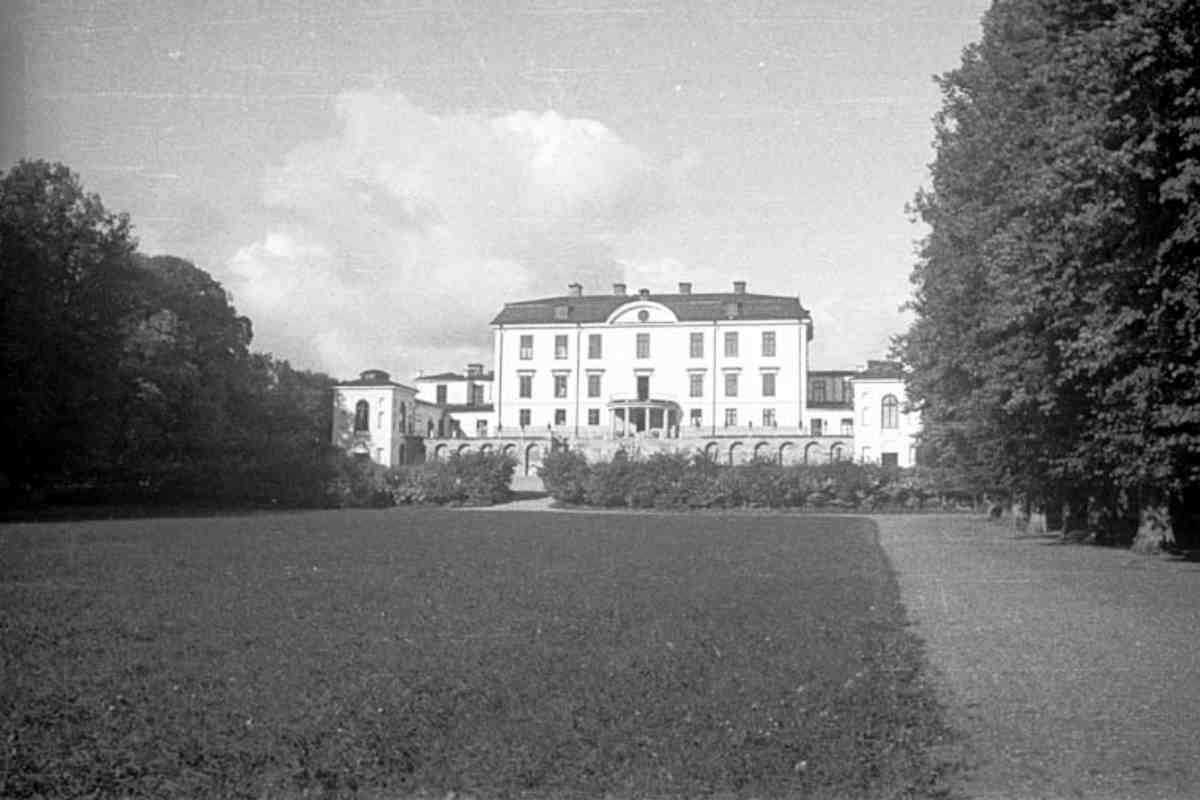
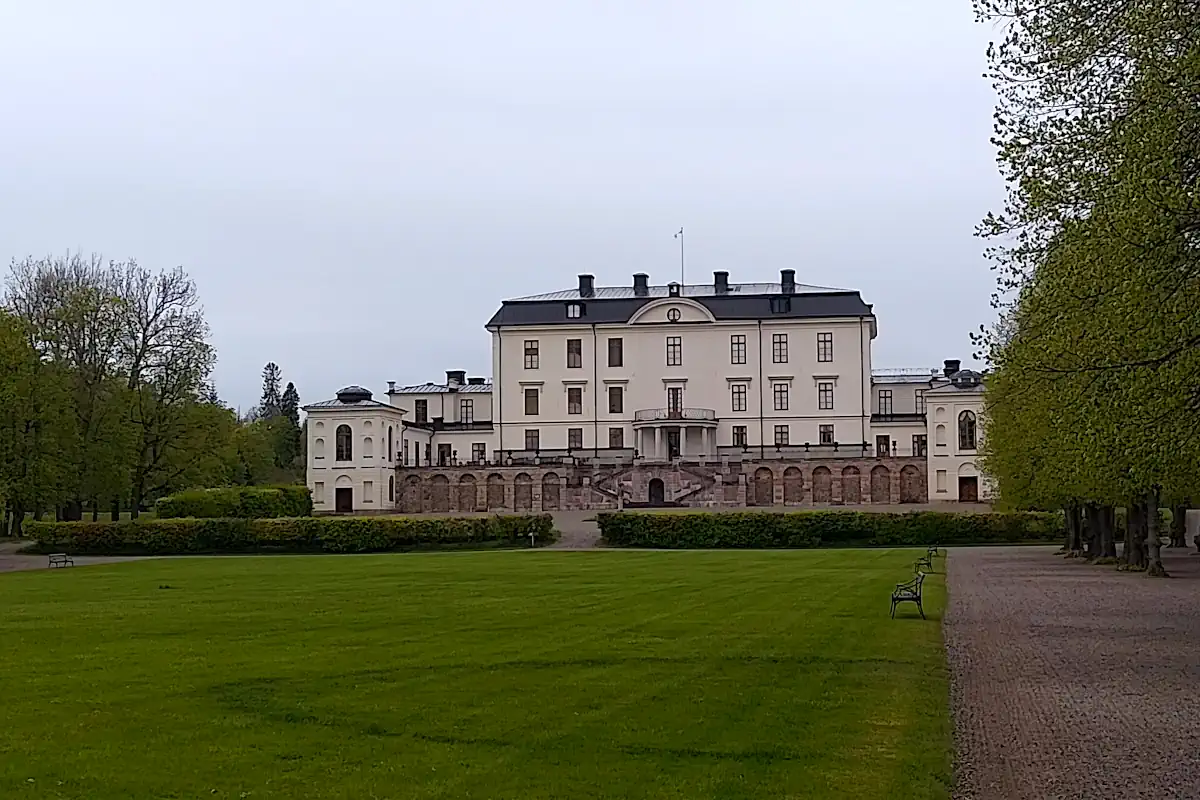
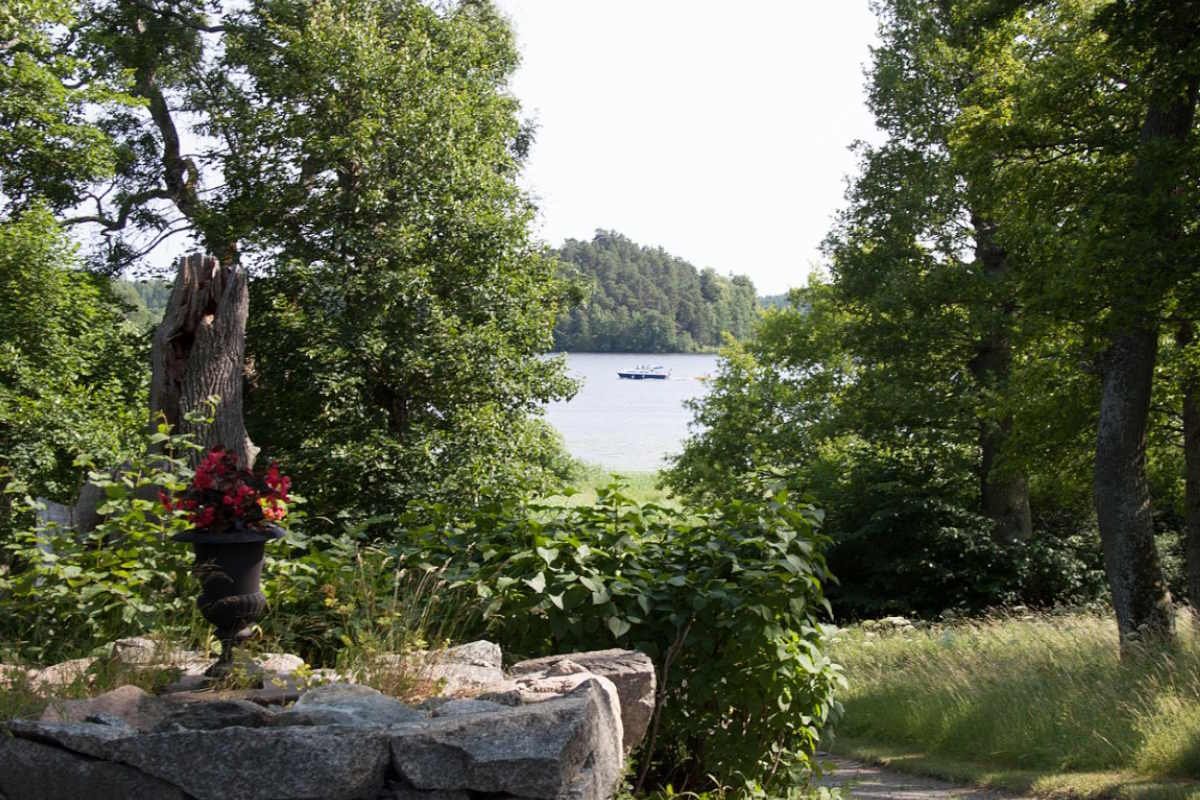
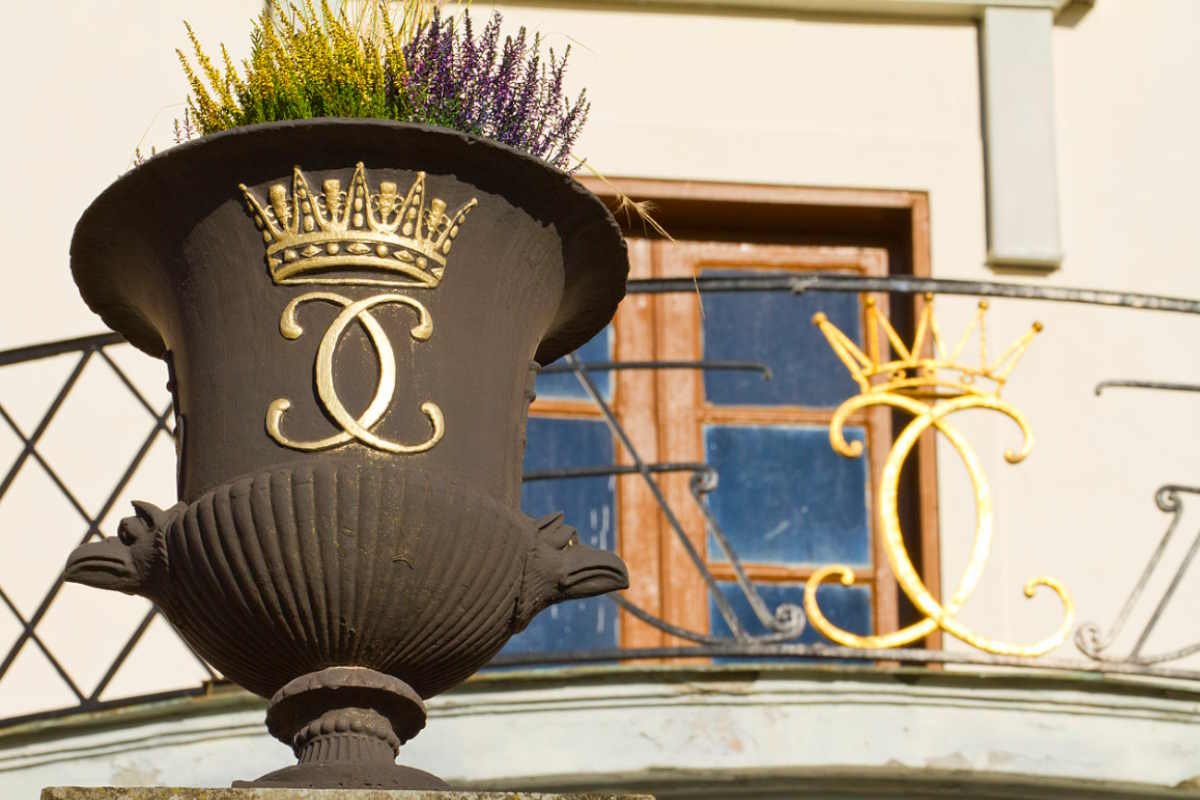
Architectural evolution
Initially constructed in the German-Dutch Renaissance style, the palace underwent significant modernizations. Nicodemus Tessin the Younger converted it to the Baroque style in the late 17th century, adding new wings and a colonnaded gallery. Later, in the 18th century, Jean Eric Rehn oversaw further renovations, blending elements of the Gustavian style with a more serious and romantic tone, known as the Karl XIII Empire style.
A hidden royal gem rarely seen by the public
Today, Rosersberg Palace offers visitors a unique glimpse into Swedish royal life of the late 18th and early 19th centuries. The palace’s rooms and collections remain remarkably preserved, appearing almost untouched since the period of 1795–1825. This time capsule effect makes Rosersberg one of Sweden’s best-kept royal secrets.

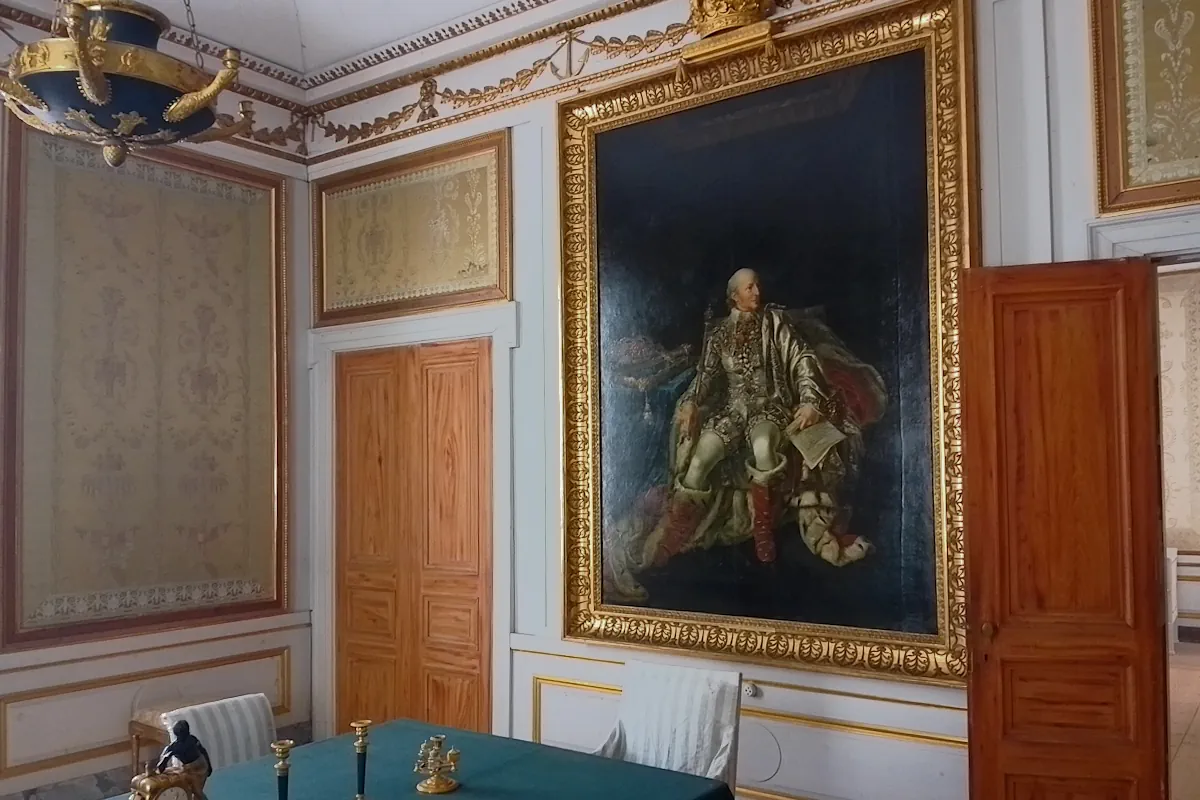

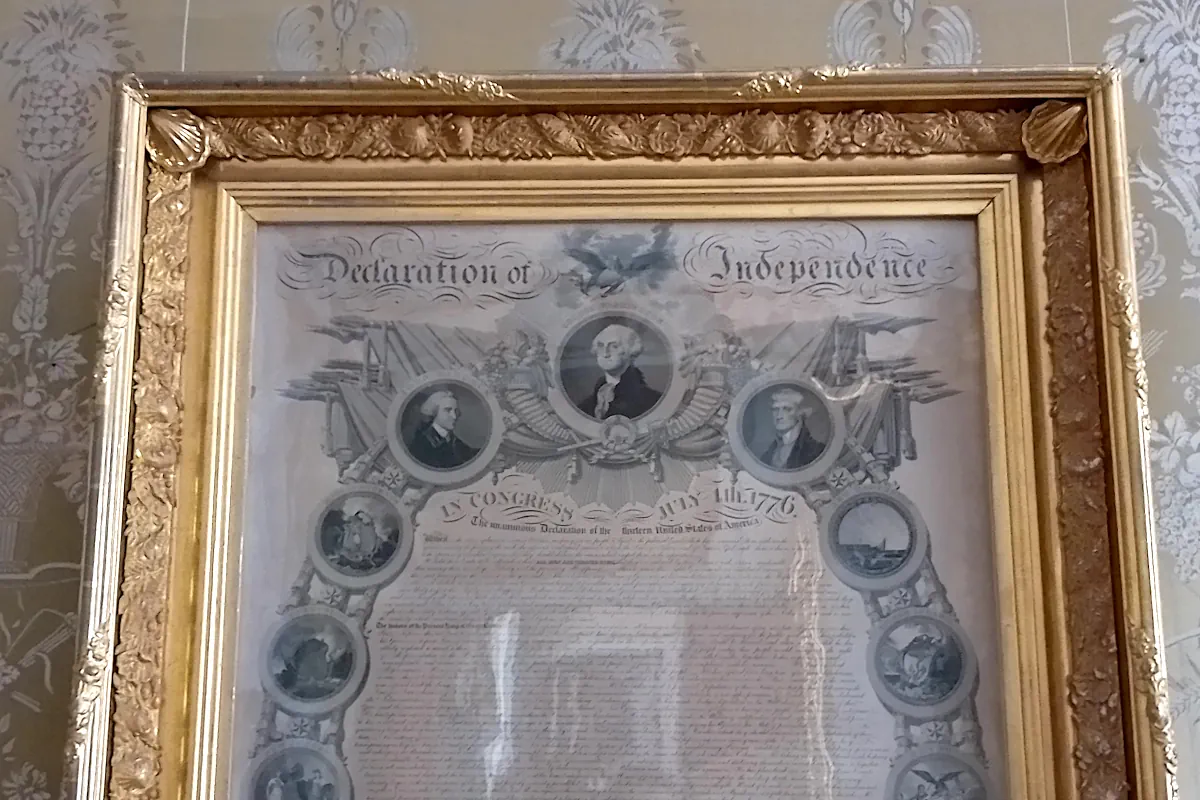
Gardens and grounds
Beautiful gardens surround the palace, including an English garden with meandering paths designed by Duke Karl circa 1800 and a French Baroque garden commissioned by Oxenstierna. The expansive parkland and its position next to Lake Mälaren add to the charm of Rosersberg, making it a worthwhile destination for nature lovers and history enthusiasts alike.
ℹ️ Visitor information
🕰️ Open to Visitors: Rosersberg Palace welcomes the public during summer (May to September).
🗺️ Getting There: Just 40 km from Stockholm, the palace is reachable via car or train to Rosersberg Station, followed by a 2 km scenic walk.
🏰 What to Expect: Guided tours explore the richly preserved royal apartments and period furnishings.
📷 Photography: Allowed (no flash).
🎟️ Tickets: Available at the palace or through the Swedish Palaces website.
🧭 What’s Nearby?
While exploring Rosersberg Palace, consider extending your trip with a few nearby attractions:
- 🏘️ Sigtuna Old Town (10 minutes away):
Sweden’s oldest town, known for its charming wooden buildings, Viking rune stones, and lakeside cafes. - 🏰 Skokloster Castle (25 minutes by car):
One of Europe’s greatest Baroque castles, complete with an impressive armory and lake views. - 🚶♂️ Lake Mälaren Trails:
Scenic walking paths and picnic spots surround the palace, perfect for a relaxed nature break. - 🏖️ Rosersbergsbadet:
A quiet local beach near the palace ideal for swimming or sunbathing in summer.


